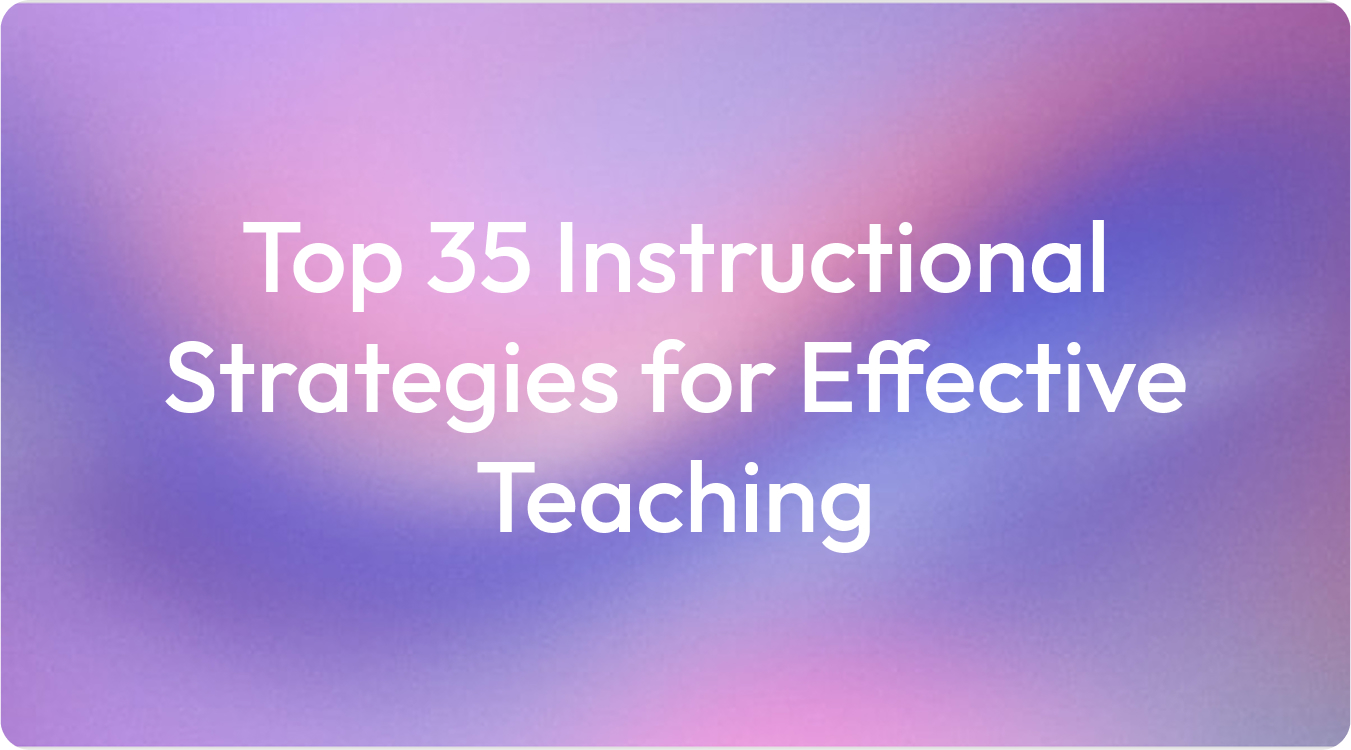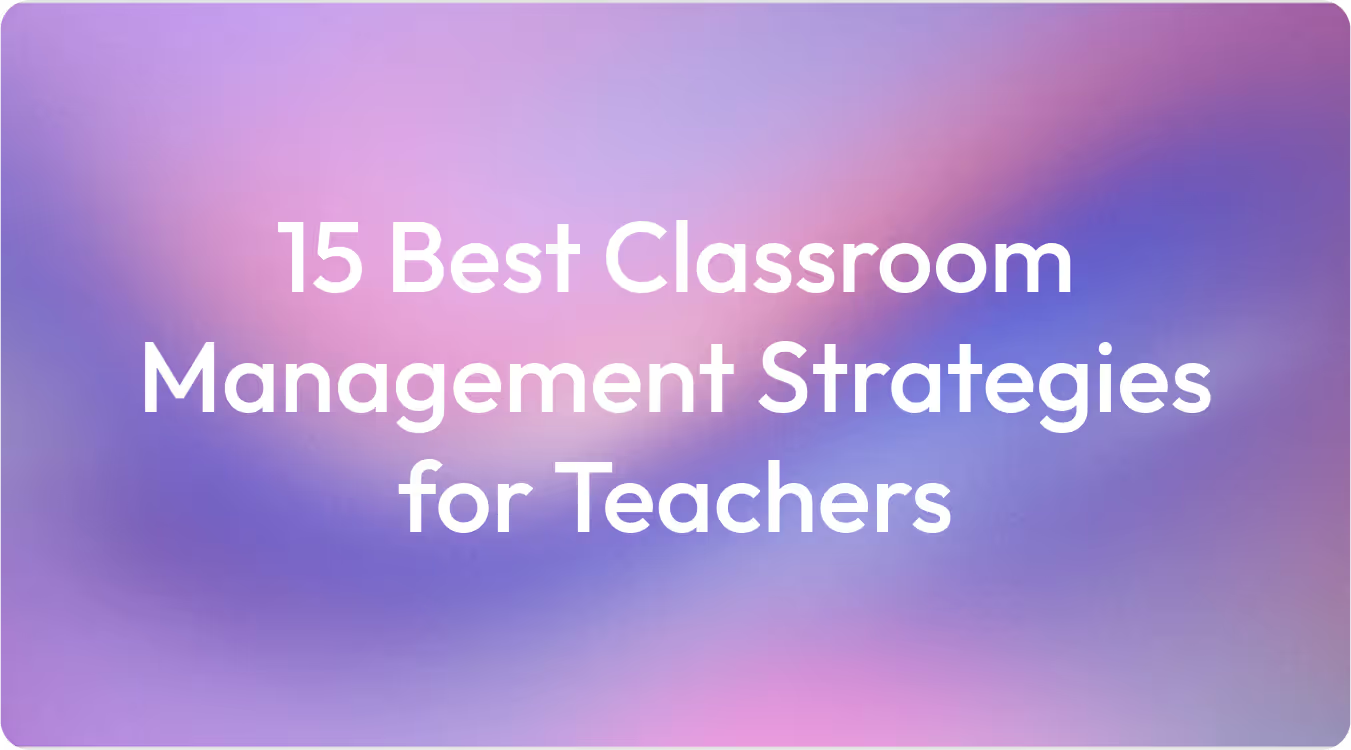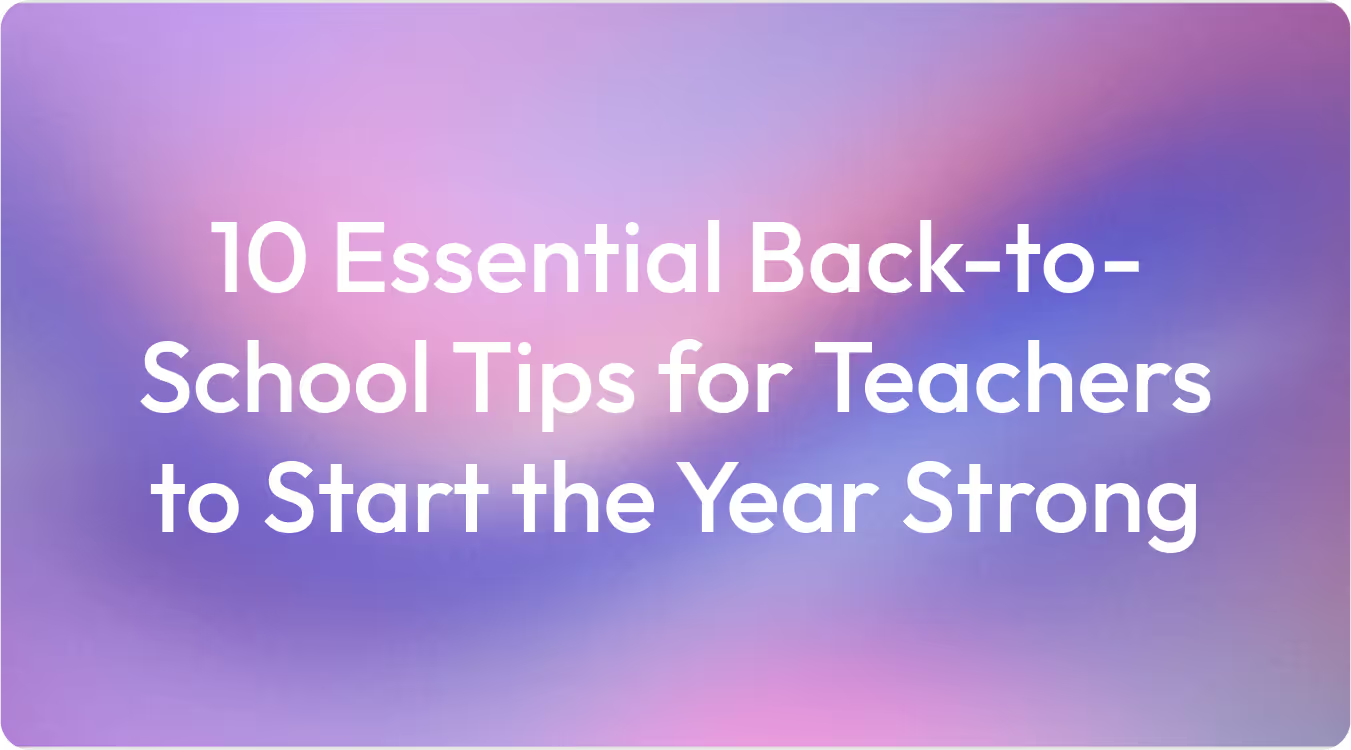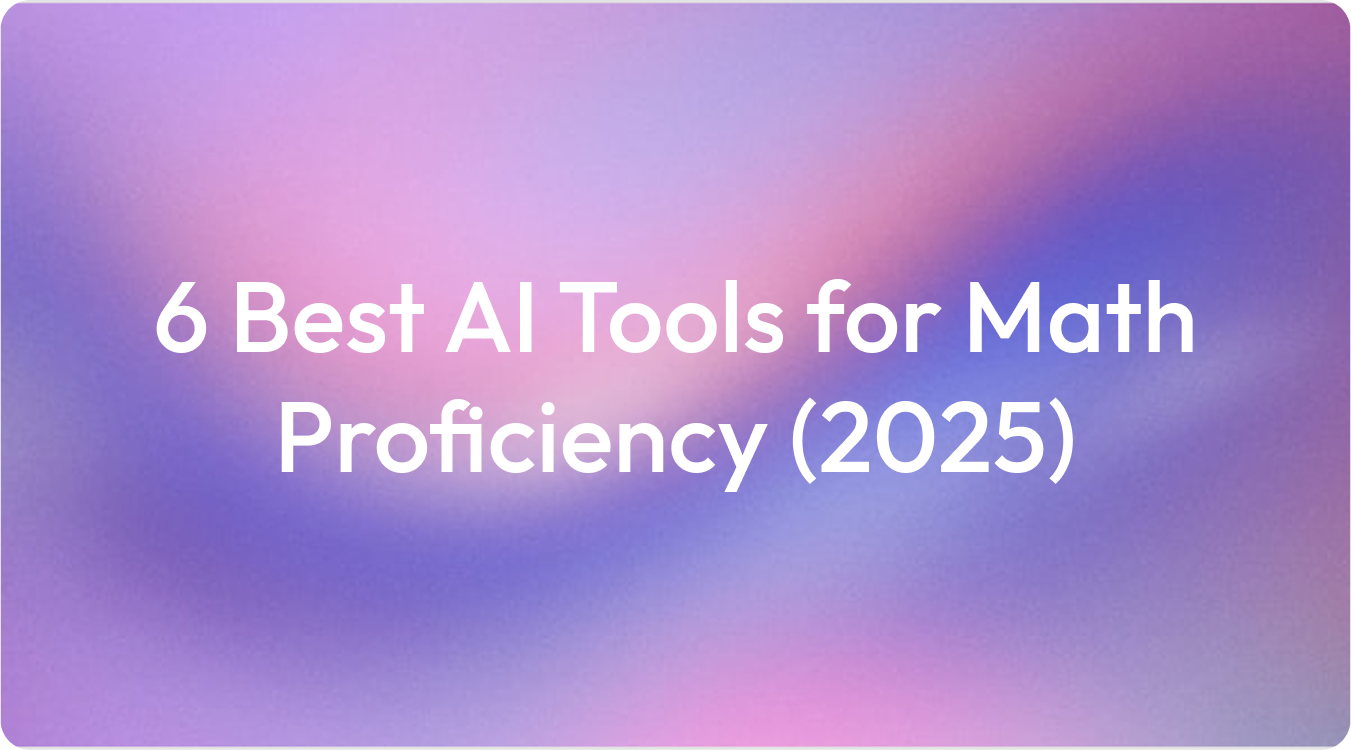7 Best AI Tools for Teachers in 2025
Discover the best AI tools for teachers in 2025 to save time, plan lessons, and engage students. Create classroom-ready resources with TeachShare.

Teaching in 2025 means juggling more than ever. Lesson planning, grading, adapting to student needs, and keeping every learner engaged can feel overwhelming. Artificial intelligence is no longer just a buzzword. It has become a practical classroom ally.
From automating time-consuming tasks to sparking new lesson ideas, AI-powered tools are reshaping how teachers work and how students learn.
This guide highlights the best AI tools for teachers in 2025. You’ll find options that save time, personalize learning, and boost student engagement, with practical examples for every classroom and budget.
Why AI Matters for Teachers in 2025
AI tools have moved far beyond simple grading bots. Today’s platforms offer:
- Time savings: Automate knowledge checks, feedback, and rubrics, freeing up hours each week.
- Creativity boost: Generate lesson plans, slides, and worksheets in minutes.
- Student engagement: Use adaptive learning platforms and gamified lessons to reach every learner.
- Accessibility: Personalize content for different reading levels, learning needs, and languages.
Teachers in high school, middle school, and elementary settings are using AI assistants to streamline their workflow and focus on what matters most: building high-quality learning experiences.
Best AI Tools for Teachers
Every classroom is unique, so we’ve rounded up a mix of AI-powered tools that address different teaching needs. Each tool below includes a quick review and a real-world classroom example.
1. TeachShare

TeachShare stands out for its all-in-one approach. It combines lesson planning, resource creation, and differentiation with real-time feedback and auto-grading. Teachers can generate worksheets, practice tests, and full units aligned to curriculum standards in minutes.
These features also strengthen assessment practices. Summative assessment, which evaluates student learning at the end of a unit, works best when teachers can create multiple formats. That variety captures a fuller picture of student progress. With AI, generating those formats now takes minutes instead of hours.
Why teachers use this: Teachers turn to TeachShare because it simplifies differentiation. Instead of spending hours creating separate resources, they can generate math activities for students at varying levels in minutes. The platform also suggests scaffolding strategies, making it easier to support every learner with confidence.
Use TeachShare to create classroom-ready templates you can immediately use and share.
2. Eduaide
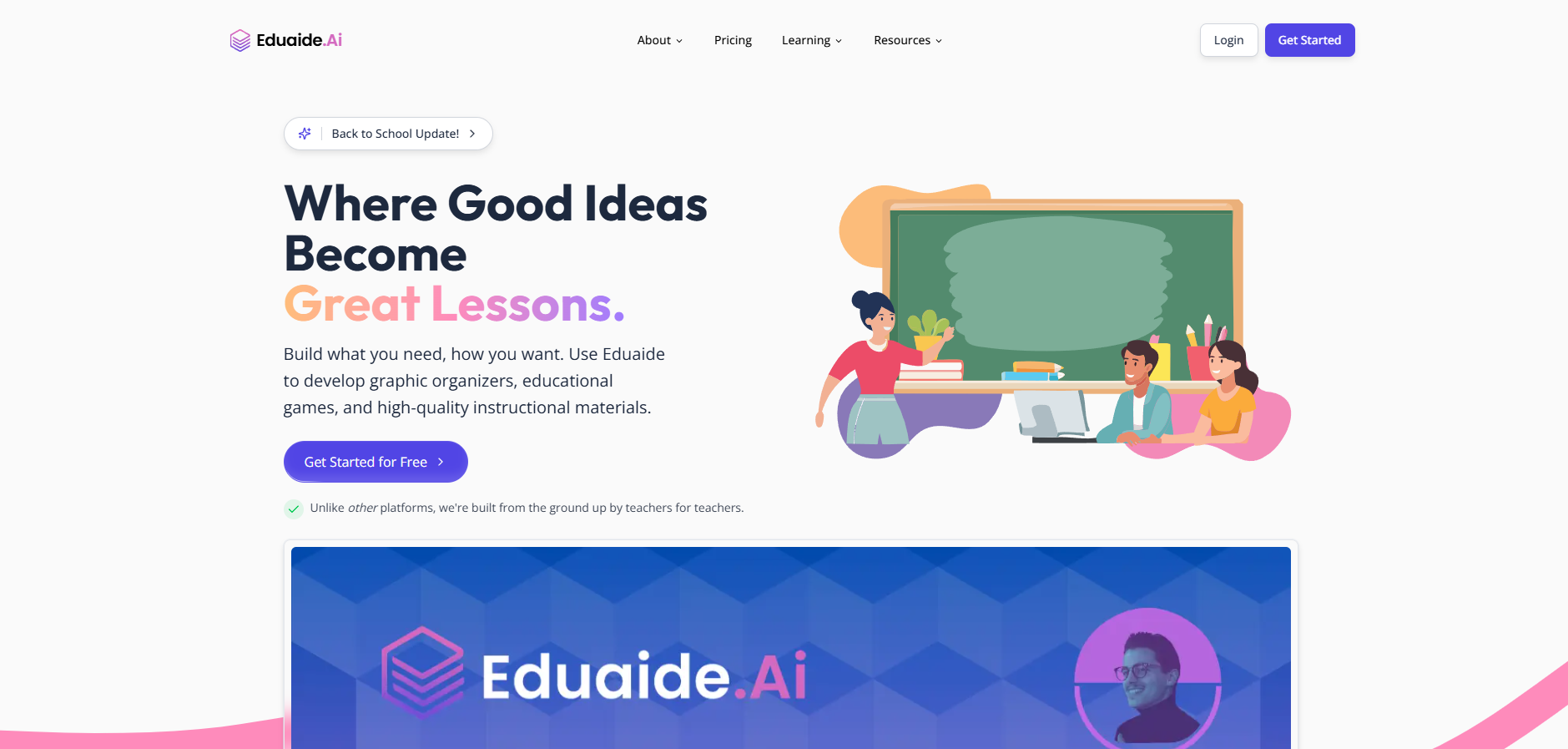
Eduaide is an AI-powered teaching assistant that helps educators create, customize, and manage instructional content. Teachers enter a topic or need, and the platform generates standards-aligned lesson plans, worksheets, quizzes, and other classroom resources. It also offers tools for differentiating instruction, giving feedback on student work, and even handling small administrative tasks like drafting emails or reports. The goal is to reduce prep time while still providing high-quality, customizable materials.
- Pros: Cuts down on daily prep by producing a wide range of instructional resources. Supports differentiation and alignment with educational standards. Includes additional tools for feedback and administrative support, not just lesson planning.
- Cons: Free plan limits how much can be generated; some advanced features are only available on the paid tier. Outputs still need teacher review and adjustment to fit specific classroom contexts.
Why teachers use this: Eduaide gives busy educators a strong starting point instead of a blank page. They can quickly generate lesson plans, activities, and assessments, then adapt them for their own students. With built-in tools for feedback and organization, it serves as a comprehensive time-saver beyond lesson planning alone.
3. Slidespeak
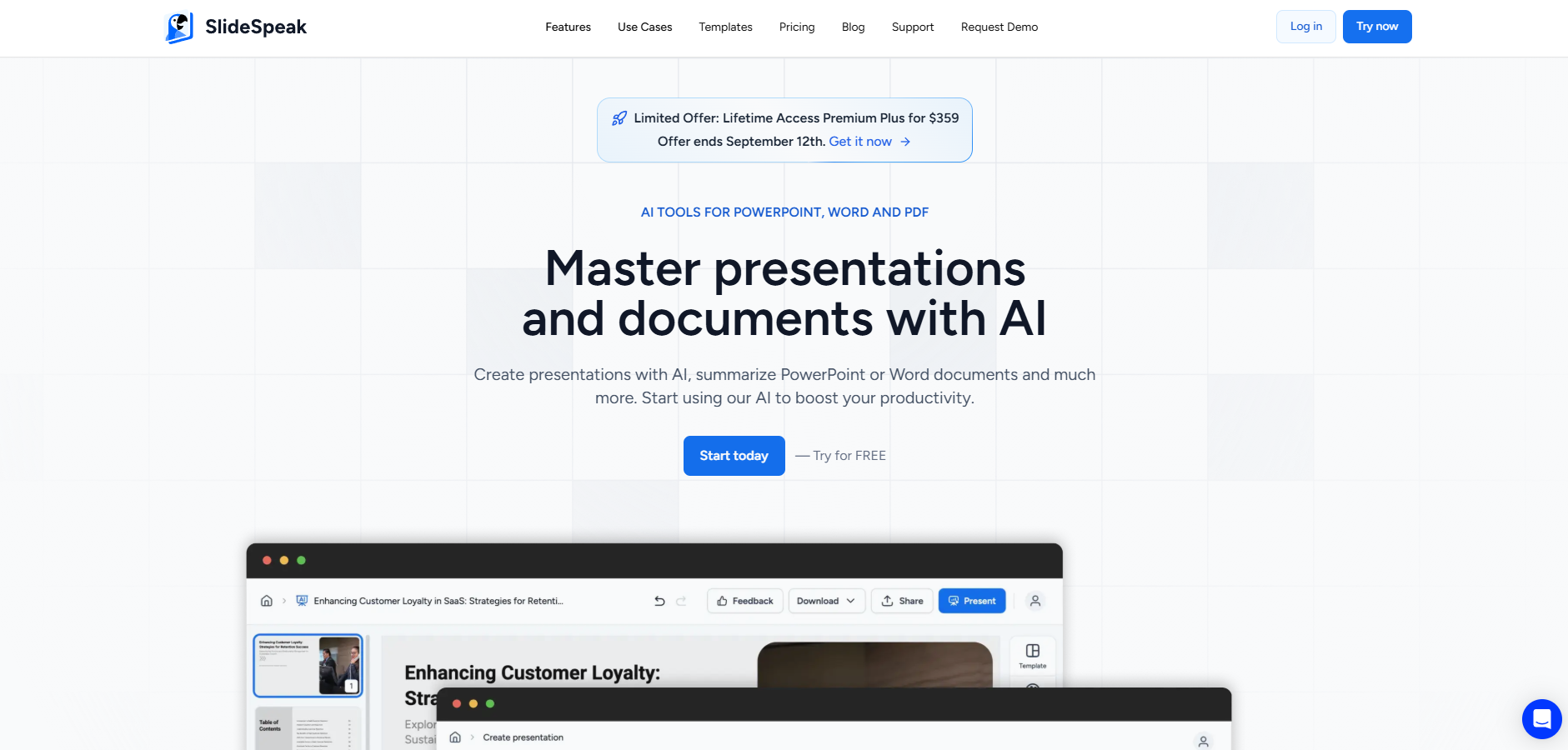
Slidespeak transforms lesson materials into interactive presentations. Teachers can upload Google Docs, PDFs, or other resources. The platform then generates dynamic slides with embedded polls, quizzes, and knowledge checks. This helps turn static worksheets or readings into more engaging, participatory lessons.
- Pros: Quick conversion of existing materials, adds interactivity without extra design work, and provides real-time feedback from students.
- Cons: Works best with prepared content, so it may not be as useful for teachers starting from scratch. Some advanced features may also sit behind a paid tier.
Why teachers use this: Slidespeak allows teachers to get more value out of the materials they already have. Instead of traditional worksheets or lecture-style lessons, they can create interactive presentations that keep students engaged and give immediate insights into comprehension.
4. Playlab AI

Playlab AI is designed to bring game-based learning and interactive projects into the classroom. It helps teachers turn core subjects into engaging, playable experiences, making lessons more immersive. The platform allows educators to create or adapt games and activities that respond to student input, encouraging creativity, collaboration, and deeper understanding of concepts.
- Pros: Encourages active learning through games and interactive activities. Makes lessons more engaging and memorable. Provides tools for customizing or building games aligned with curriculum goals.
- Cons: Takes initial time to design or adapt games, and some subjects may be harder to gamify effectively. Teachers may still need to guide students to connect the games back to learning objectives.
Why teachers use this: Playlab AI turns lessons into interactive, student-centered experiences. Teachers use it to boost motivation, foster problem-solving and teamwork, and help students apply concepts in a hands-on way. For classes needing more engagement or creative approaches, it offers a fresh alternative to traditional instruction.
5. ChatGPT + education plugins

ChatGPT, paired with education-focused plugins, acts as a flexible teaching assistant. Teachers use it for brainstorming lesson ideas, generating writing prompts, and creating practice tests on the fly. They also rely on it to draft discussion guides. Its adaptability makes it useful across grade levels and subjects.
- Pros: Extremely versatile, quick to generate a wide range of materials, and customizable to specific teaching goals.
- Cons: May produce generic or uneven quality without clear prompts, and teachers need to review outputs for accuracy and appropriateness.
Why teachers use this: ChatGPT with plugins gives teachers a creative boost while saving time on routine prep. It’s a reliable way to spark new ideas, generate differentiated resources, and adapt lessons on the spot to meet students’ needs.
6. Perplexity for teachers
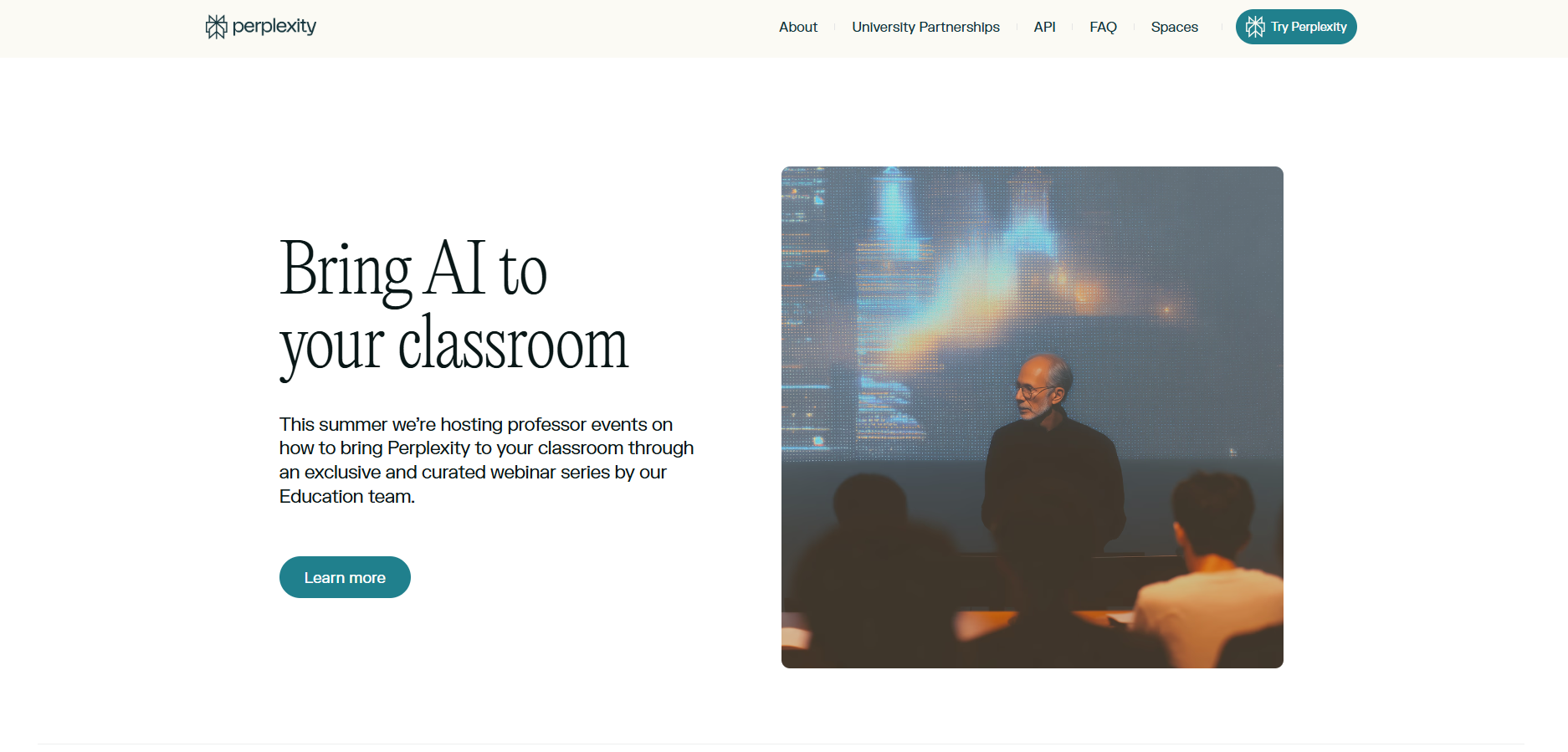
Perplexity offers quick research and knowledge checks. Teachers can ask questions and receive concise, reliable answers. This makes it especially useful for lesson planning, building background knowledge, or clarifying student misconceptions in real time.
- Pros: Fast and reliable answers, helps teachers fill knowledge gaps quickly, and supports just-in-time learning during lessons.
- Cons: Limited depth on complex topics, and teachers may still need to fact-check or supplement with additional resources.
Why teachers use this: Perplexity is a time-saver when students bring up unexpected questions or when teachers need to confirm details on the spot. It helps maintain lesson flow, keeps students engaged with accurate information, and reduces prep stress by offering immediate, classroom-ready answers.
7. AI video tools
Video-first learning is a major trend, and tools like Edpuzzle AI and Synthesia make it easy to create or adapt videos for the classroom. These platforms help teachers turn static lessons into dynamic content. They add embedded questions, polls, and interactive checkpoints that keep students engaged.
- Pros: Great for visual learners, increases engagement, and allows students to learn at their own pace by replaying content.
- Cons: Preparing or customizing videos can take extra time, and some classrooms may face tech or bandwidth limitations.
Why teachers use this: Video tools help transform abstract or text-heavy lessons into accessible, engaging formats. They support different learning styles, encourage active participation, and give students flexibility to review material on their own terms.
Free AI Tools for Teachers
Budget constraints shouldn’t limit access to quality AI teaching tools. Here are the top-rated no-cost options:
- Grammarly: AI-powered feedback for student writing.
- Slidespeak (basic): Create interactive presentations with limited features.
Free vs. Premium: Free versions often cover core functionality such as lesson planning, basic quizzes, and feedback. Premium upgrades unlock advanced differentiation, analytics, and integrations with platforms like Google Classroom or Microsoft Teams.
How to Choose the Right AI Tool
With so many options, finding the best fit depends on your needs:
- Teaching focus: Do you need help with curriculum planning, grading, video creation, or student engagement?
- Ratings and reviews: Check teacher communities on Reddit and Edutopia, and consult the Forbes list of top edtech tools.
- Budget: Free tools are great for individual teachers; premium features may require school district or institutional support.
- Student age level: Some tools are better for primary grades, others for high school or higher ed.
- Data privacy: Always review privacy policies, especially when using tools that handle student data.
AI tools in 2025 are smarter, more intuitive, and designed with teachers in mind. They save time, support differentiation, and help create engaging, personalized learning experiences. The best results come from using AI as an assistant that amplifies your expertise while keeping your teaching style central.
Ready to Find Your Perfect AI Teaching Tool?
Every classroom runs more smoothly when teachers have resources ready to go. Curious how AI can lighten your prep load? Build classroom-ready templates with TeachShare.
We believe teachers deserve tools that work as hard as they do. Let’s shape the future of teaching together.
Frequently Asked Questions
How can generative AI support student learning?
Generative AI helps teachers create personalized activities, assessments, and tutorials that adapt to different student needs. This makes classroom time more focused and supports meaningful learning experiences.
What’s the pricing like for these new tools?
Most platforms offer free versions with core features. Premium pricing often adds advanced analytics, integrations, and dedicated support, which may be covered by a school district or chosen by individual teachers.
Can I use tutorials or social media to learn these platforms?
Yes. Many new tools include tutorials and webinars to guide teachers step by step. Educators also use social media communities to share strategies and discover fresh classroom applications.
Why are new tools in AI in education gaining attention?
They simplify lesson prep, assessments, and grading while giving teachers more space for creativity. By reducing routine tasks, generative AI allows educators to focus on student learning and personalized instruction.
Answer


